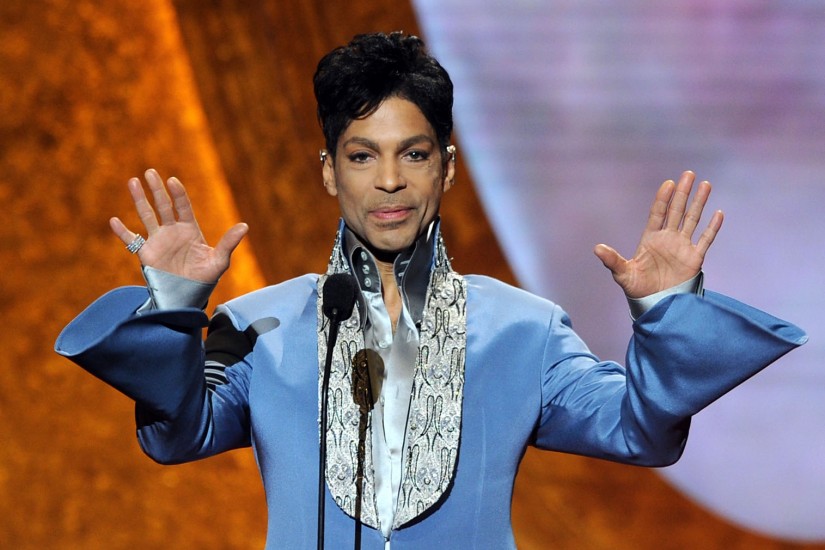Should famous artists’ social-media profiles be saved? Archiving their digital materials would follow the tradition of old-school paper archives, the ones that are responsible for maintaining collections like hundreds of Emily Dickinson’s letters, notes from Mary Shelley that show her succumbing to a brain tumor, and F. Scott Fitzgerald’s working drafts and photographs. If journals, sketchbooks, letters, and scribbled-on napkins are venerated and kept for insights into great minds, there seems to be a case that tweets should be held onto, too. Then again, publicly accessible 140-character bursts can be so frivolous—and based so much on maintaining appearances—that they might seem like they don’t offer anything worth preserving.
In an archive, a writer’s correspondences are always separated from their manuscripts, business papers, and any other categories archivists create to organize their collection. The process prevents letters from being collated along with professional pieces. If tweets are to be considered as important as letters and the other kinds of casual scrawlings that end up exhibited in library or museum display cases, the medium still demands its own set regulations and expectations. Archivists now have the challenge of working through the kinks of determining digital material’s place among artists’ greater estates and settling on a feed’s value.
